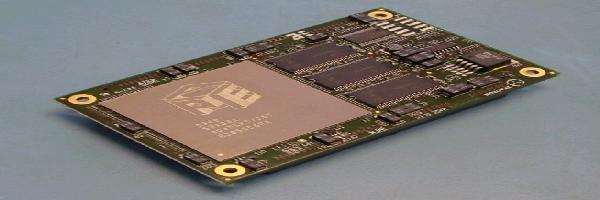Non-perturbative QCD
 The Lattice QCD team woks on several aspects of the strong interaction in the non-perturbative domain. Moreover, the permanent confrontation with the limitations in computing power has led some members of the team (Ph. Boucaud, J. Micheli et O. Pène) to an involvement in the apeNEXT collaboration, in order to desing the generation of computers optimised for lattice QCD.
The Lattice QCD team woks on several aspects of the strong interaction in the non-perturbative domain. Moreover, the permanent confrontation with the limitations in computing power has led some members of the team (Ph. Boucaud, J. Micheli et O. Pène) to an involvement in the apeNEXT collaboration, in order to desing the generation of computers optimised for lattice QCD.
 As a complement to lattice QCD, the low-energy behaviour of QCD is descried by an effective theory of chiral symmetry breaking. This breakdown could depend on the number of massless flavours of the theory in a significant way. S. Descotes-Genon studies the implications of such a scenarion at the experimental level (K and eta decays) as well as for lattice simulations (extrapolation according to light-quark masses, eigenvalues of the Dirac operator).
As a complement to lattice QCD, the low-energy behaviour of QCD is descried by an effective theory of chiral symmetry breaking. This breakdown could depend on the number of massless flavours of the theory in a significant way. S. Descotes-Genon studies the implications of such a scenarion at the experimental level (K and eta decays) as well as for lattice simulations (extrapolation according to light-quark masses, eigenvalues of the Dirac operator).
Perturbative QCD
This team focuses on various aspects of the strong interaction in the perturbative regime :
 the high-pT reactions with real photons provide very good tests of perturbative QCD and give a direct acces to the parton distribution in the proton and the photon. These results are necessary to analyse LHC data (M. Fontannaz).
the high-pT reactions with real photons provide very good tests of perturbative QCD and give a direct acces to the parton distribution in the proton and the photon. These results are necessary to analyse LHC data (M. Fontannaz).
 the physics of small-x structure functions has links with the phenomenology of experiments at HERA, LHC, ILC. At a more fundamental level, the physics of the hard Pomeron has been related to integrable theories that can be solved exactly (G. Korckemsky, S. Wallon).
the physics of small-x structure functions has links with the phenomenology of experiments at HERA, LHC, ILC. At a more fundamental level, the physics of the hard Pomeron has been related to integrable theories that can be solved exactly (G. Korckemsky, S. Wallon).
 perturbative QCD can be tested through hard exclusive processes
(JLAB, BELLE, BABAR, COMPASS) : transition distribution amplitudes that extend GPDs to cases where initial and final states are different, colinear factorisation and twist expansion, spin content of the proton (S. Wallon).
perturbative QCD can be tested through hard exclusive processes
(JLAB, BELLE, BABAR, COMPASS) : transition distribution amplitudes that extend GPDs to cases where initial and final states are different, colinear factorisation and twist expansion, spin content of the proton (S. Wallon).
 a deconfined phase may appear at the energy densities reached in relativistic ion collisions (RHIC and ALICE). From the initial state produced in these collisions, the team has studied the possibility to reach a phase called Quark-Gluon Plamsa, and some signals of this phase (D. Schiff).
a deconfined phase may appear at the energy densities reached in relativistic ion collisions (RHIC and ALICE). From the initial state produced in these collisions, the team has studied the possibility to reach a phase called Quark-Gluon Plamsa, and some signals of this phase (D. Schiff).



